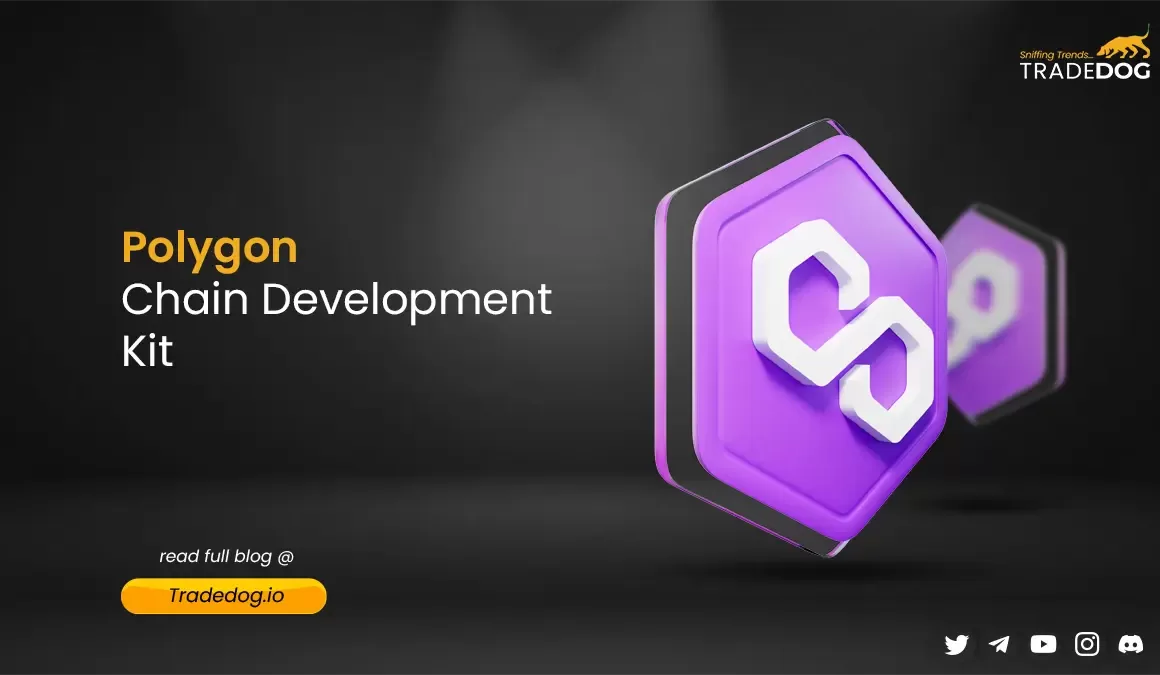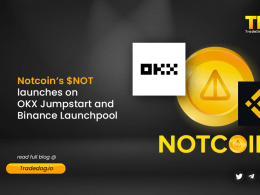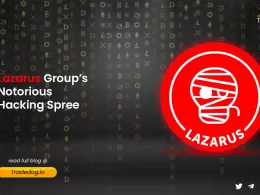Polygon has been making some good moves lately, from a proposal to launch POL, a hyperproductive token, to releasing a ‘CDK’ Chain Development Kit. This software suite empowers builders to launch their fully-featured ZK-powered L2s.
The news arrives when other layer two solutions, such as Matter Labs’ zkSync and Starkware’s Starknet, are also introducing toolkits that use zero-knowledge technology to help developers create their blockchain networks. Matter Labs has already made its ZK Stack available, while Starkware is preparing to release its toolkit soon.
In this blog, let’s delve into the kit and how it can benefit the Web3 community.
What is the Polygon Chain Development Kit?
The Chain Development Kit (CDK) is an open-source codebase that developers can use to create their own customizable layer two chains using Polygon’s ZK technology. Chains built with the CDK can function like L1 blockchains tailored to specific businesses. However, as layer two solutions, they provide the advantage of very high scalability. The standout feature of the CDK is the zk- Bridge (zero knowledge bridge) that allows all the L2 networks created using the CDK to be interoperable.
“In essence, any developer utilizing the Polygon CDK is essentially launching a ZK-powered L2 on Ethereum. Through integration with the shared ZK bridge, each chain seamlessly communicates and interoperates with others,” Polygon Labs emphasized.
Polygon has positioned CDK as the successor to the Supernets tool and offered all the projects using Supernets to upgrade their infrastructure to the Polygon ZK technology by leveraging the CDK.
Benefits of Polygon CDK
Earlier, it was a complex task for developers to establish and construct Layer 2 solutions as they faced many hurdles, from navigating complex protocols to tackling infrastructure hurdles.
Polygon CDK, integral to Polygon 2.0, changes the game and benefits the developers, which we will discuss here:
(I) Interoperability & Liquidity: Polygon CDK facilitates easy communication between all L2s, which allows these chains to be connected and transfer assets, which brings more liquidity, fostering a vibrant, efficient digital economy. This is made possible through the Interop Layer that collects ZK proofs from all Polygon chains, puts them together, and then delivers that data, along with the updated state of the chain, to Ethereum.
(II) High Modularity: Developers can customize chains according to their needs and provide them with various categories for a choice between rollup or validium mode, zkEVM or other ZK-powered tools, different data availability options, customizable native and gas tokens, etc. You can learn more about it here.
(III) Hyper Scalability: CDK-developed L2 chains enhance transaction speed using zk technology and can be multiplied to achieve Polygon 2.0’s vision of a highly scalable ecosystem.
(IV) Near-Instant Finality: Chains deployed using the Polygon CDK rely on cryptographic security, which means mathematics validates everything without relying on full nodes to validate transactions. This approach ensures transaction integrity, leading to a secure, interconnected, and infinitely scalable environment.
(V) Utilizing zk-Technology: Polygon CDK utilizes the power of zk-technology and allows all chains developing using it to deliver top-notch performance, from lightning-fast-proof systems to the equivalent of Ethereum’s EVM, known as zkEVM.
Closing Thoughts
Polygon CDK is the evolution of Polygon Supernets, which offered projects the ability to operate sidechain-like appchain protocols. But Polygon CDK takes appchain design to a new level, enabling easy deployment of interoperable, ZK-powered Ethereum L2s. It is a bold vision, which is simple: to create a Value Layer for the internet and make blockchain accessible to all. As Polygon Labs persistently explores the frontiers of blockchain technology, it can catalyze substantial advancements within the Ethereum ecosystem.









